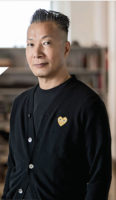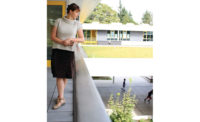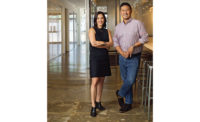SNAP: You were on the team that designed the first net-zero energy school in the northeast. What have green schools taught us?
Carrie Moore: As firms get smarter about optimizing the architectural, mechanical, electrical, and plumbing systems in schools, they’re also addressing where learning actually takes place.
So, in which new places do students gather to learn?
Increasingly, learning happens outside classrooms—in a corner of a hallway transformed into a break-out area, or in gardens, which are becoming learning laboratories.
What do students need from these new learning environments?
Design that enables play and creativity. A big driver of the changes is that students are agents of their own learning; they actively construct, debate, question, and pose solutions. It’s a project-based curriculum, to which the physical setting must respond.
We’ve recently become excited about “active design.” is that concept a big factor in your solutions?
Yes. And when it’s done well, active design creates synergies between spaces, encourages movement, and results in higher performing students. Good school design can’t exist without active elements.
And what school-friendly building trends excite you?
There’s this trend toward turning any surface into a space for learning—like using floor-to-ceiling tackable surfaces that also have acoustic properties, or building in unexpected writable surfaces using glass and painted finishes. In general, it’s about using products with dual functionality. That’s an exciting challenge.
If you could choose the building materials for all schools, what would be your chief stipulation?
An interesting challenge would be for all building materials to come from sustainable and renewable resources.
What’s next on your project list?
Out of our New York office, The Dalton School, Horace Mann School, and The Milstein Center at Barnard College are currently under construction.





